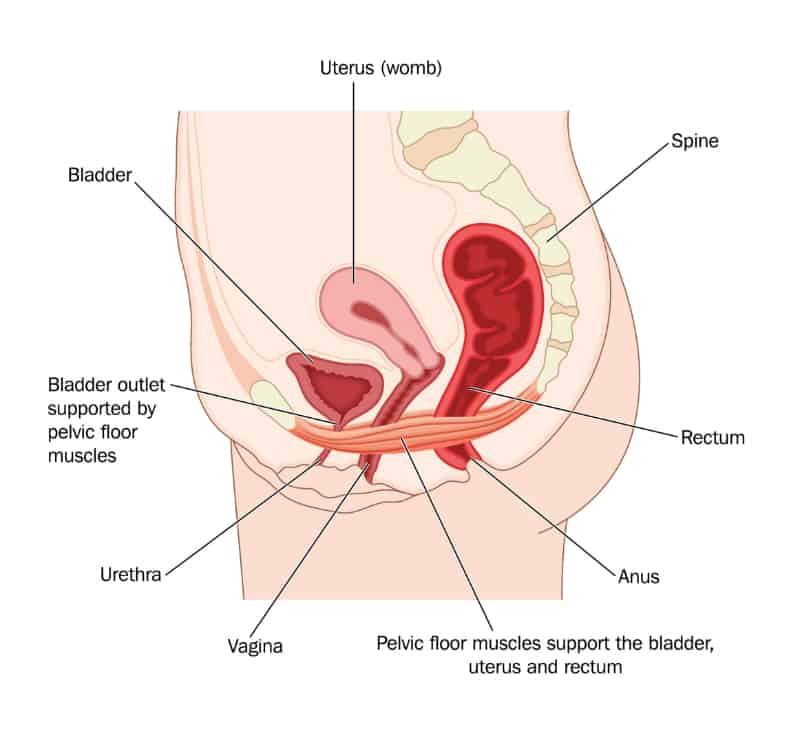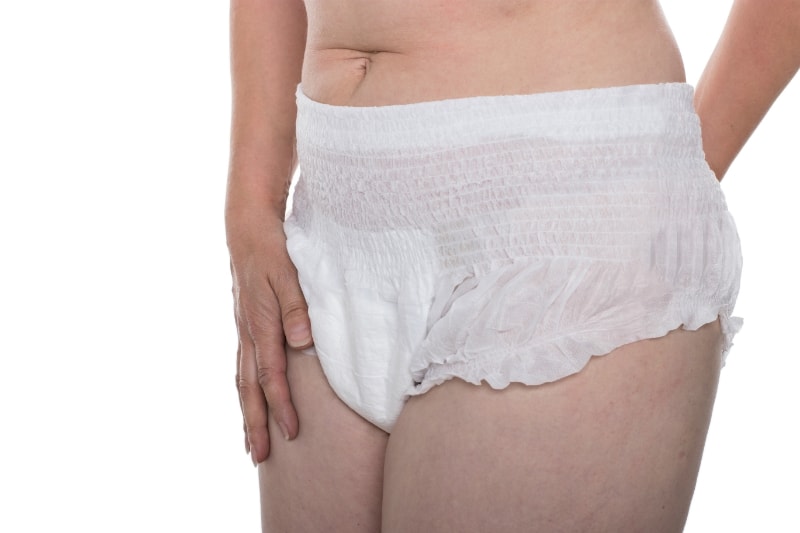Transform Relationships . Inspire Connections . Lead Communities

When my son, Macey, was 6 months old I went on a date with my husband to see Michael Franti. It was my first real night out and I was feeling warm and fuzzy from my drink. As Michael Franti began to sing all my favorite songs, I was dancing, singing, and jumping with the crowd from about 4 rows back from the stage. All of a sudden, completely out of nowhere and without warning, I peed all over myself. As in, SOAKED my pants all the way down to my knees. I was confused, embarrassed, and completely shocked at how I went from totally fine to soaked without even a hint or warning. I stayed at that concert with pee soaked clothes. I didn’t even tell my husband what had happened. It was jam packed, and we were all sweating to death, so my whole outfit was soaked by either sweat or pee. I decided screw social norms, I am not ruining my first night out nor giving up seeing my favorite artist, so I ordered another drinks and stopped jumping for God’s sake, because it kept making me pee myself. I continued to have incontinence for several weeks after that before it finally resolved. I was told by my care provider that it was unusual to have incontinence show up so late after birth and that it was probably a low grade infection that cleared on it’s own. Since that amazing night out I have learned a thing or ten about our postpartum bodies and why incontinence effects so many of us at one point or another. I didn’t have a low grade infection that healed on it’s own. I had an uninformed care provider on what the pelvis goes through to return to it’s pre-pregnancy state.

Notice how the pelvic floor muscles support the urinary, reproductive and digestive systems.

one
It takes six months minimum for the relaxin hormone that allows your tendons and ligaments to stretch for birth to fully leave your body postnatal. If you are nursing, relaxin hangs around until you ween your little one. This means that you still don’t have stability in your joints, especially your pelvis after a vaginal delivery, for longer than that six weeks maternity leave or even that “fourth trimester” you always hear everyone talking about.
two
It can talk anywhere from 18 months to 2 years for the tendons and ligaments to return to their original length and strength post birth. This means that not only is the relaxin hormone keeping everything unstable but the actual integrity of the tendons and ligaments is compromised until you have a toddler on your hands. I swear, this is why women who have back to back babies that are two years apart struggle so much with that second pregnancy. They didn’t have enough time to recover before they put their body through the weight of growing a baby all over again.
three
We are not taking the time to re-educate our pelvic floors, we are not repairing our diastitis recti, and we are doing our Kegels wrong. Our pelvic floor muscles support our urinary, reproductive and digestive systems. If it’s unstable from relaxin, compromised from a vaginal delivery, and we aren’t doing proper pelvic floor exercises, we are setting ourselves up for incontinence due to pelvic floor neglect.
four
What if you are doing everything right though? Sometimes your uterus nestles back in a misaligned state. She had a HUGE job to do. She grew from 4 ounces and underneath your public bone to your rib cage, birthed your baby, and then contracted back to 4 ounces over the course of a year. When working with women postpartum, I am noticing 100% of them in my massage practice still have an anterior tilted pelvis from creating space for their growing child during pregnancy. This tilt encourages the uterus to fall forward into ante-flexion and lean on top of the uterus.
What Can You Do Now?
- If you think that you may be experiencing from a misaligned uterus, you have been told that your uterus is tilted, or you have been told that she is a “variation of normal”, please seek out the professional advice of an Arvigo® Therapist for a postpartum session and learn the self care techniques to nurture your womb space with increased blood, lymph, nerve and energy flow.
- A physical therapist who specializes in pelvic floor care can teach you how to re-educate your pelvic floor muscles correctly postnatal.
- A great therapist on the West Coast has a book about pelvic care with action steps you can take at home called, Wild Feminine
- Find someone who specializes in diastisis repair post pregnancy. This may be a physical therapist or it could be someone trained in exercise that specializes in corrective or rehabilitative work. For example, I am trained via an apprenticeship from a physical therapist in Atlanta on how to use pilates equipment to bridge the gap from her care to mainstream exercise. During that time, I learned how to access and instruct a client on how to repair a diastisis. My apprenticeship is an equivalent of taking two pilates certifications and I was taught from a rehab mindset, not an exercise mindset.
You are not going to be able to wait out your recovery, nor will you be able to bind your way back into a pre-pregnancy body. Binding helps support your weak core and pelvic floor while you heal postpartum and then begin to restrengthen your body, but we don’t move in the ways that we once did before tv and couches. Once upon a time we didn’t need a gym. Back then, we didn’t need to learn how to re-educate our new post birth bodies. If you are in the Charleston, SC area, you can learn more about my therapy sessions at DanicaTodd.com. I can assist with your Arvigo® session and diastisis in the same visit.
